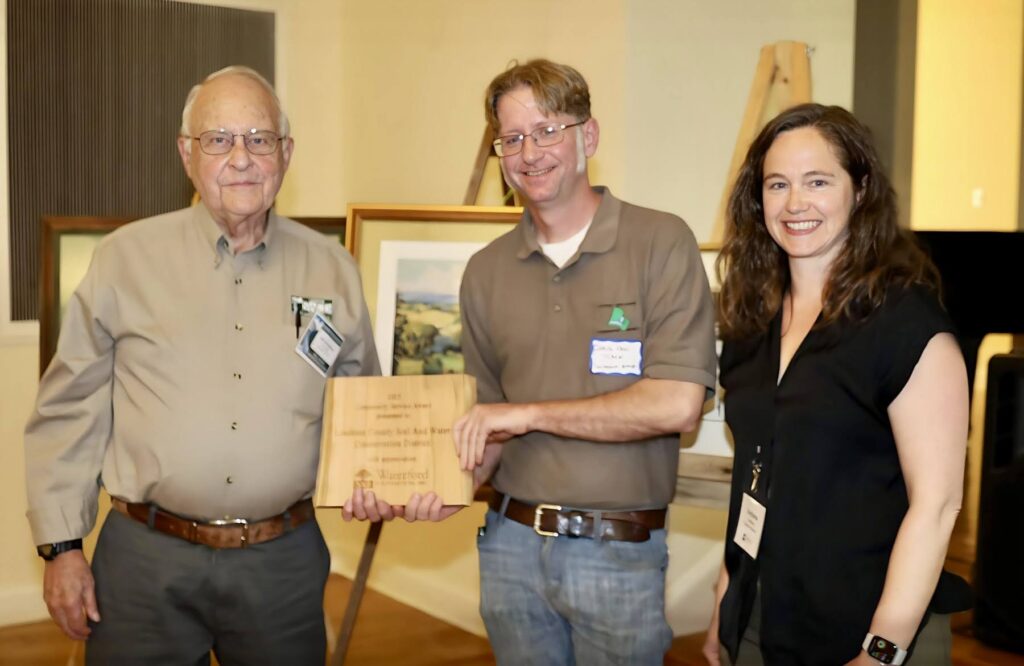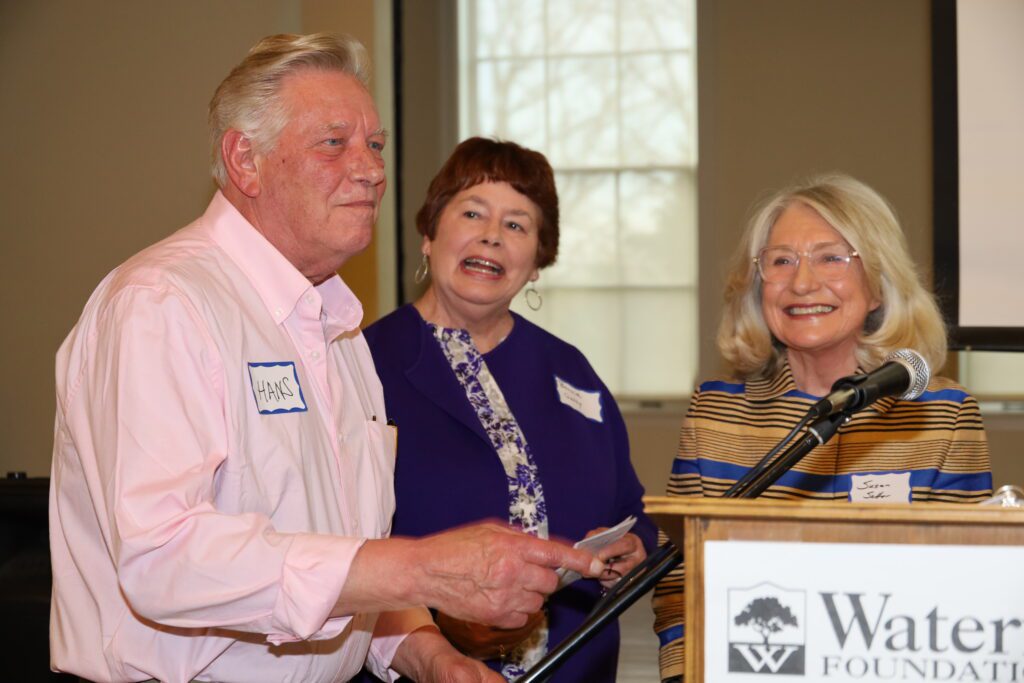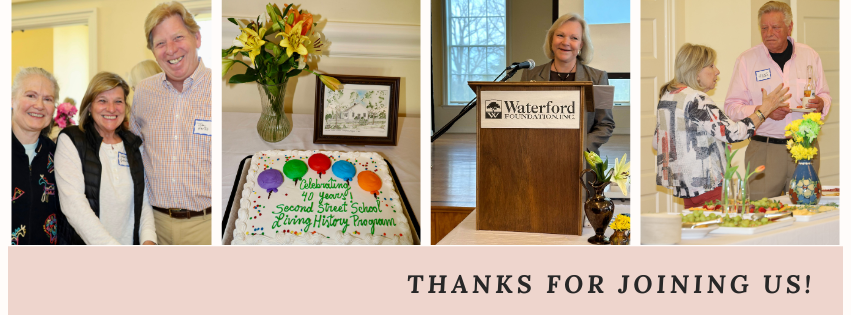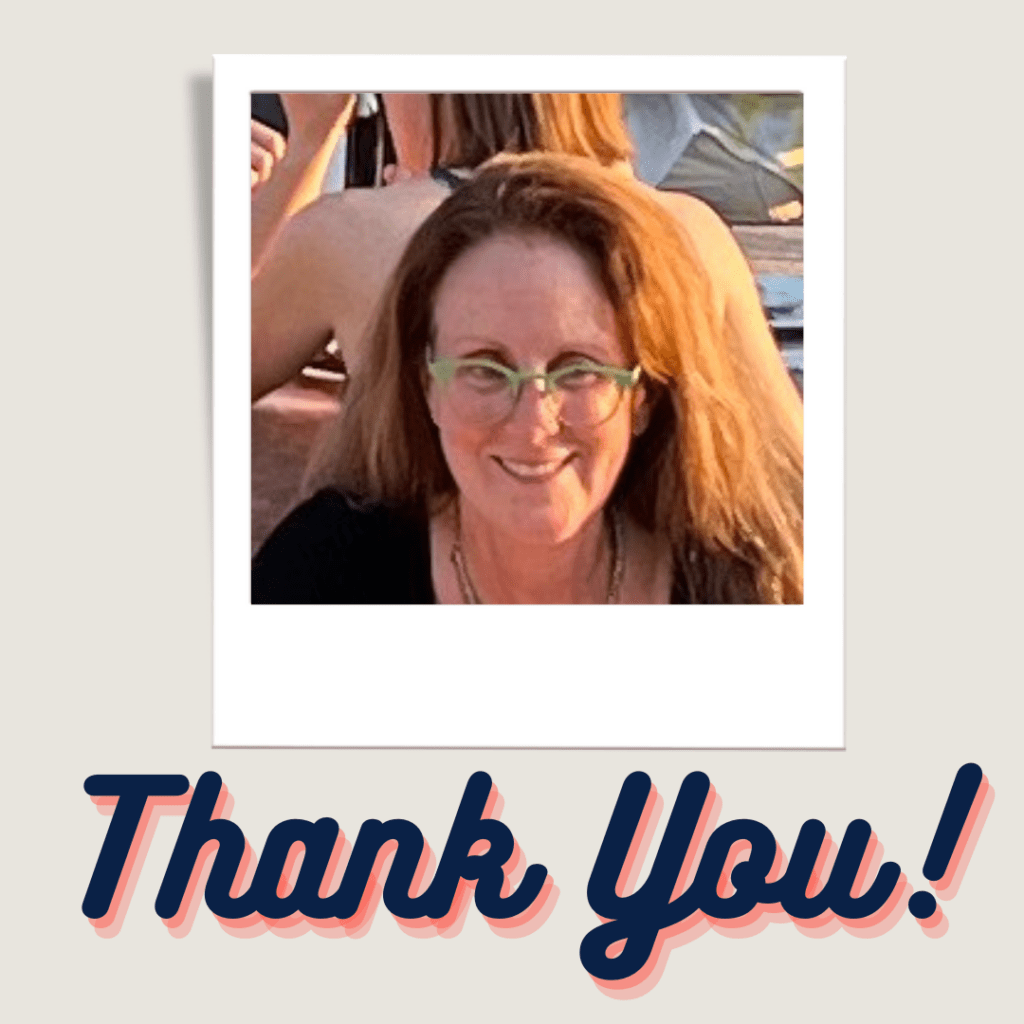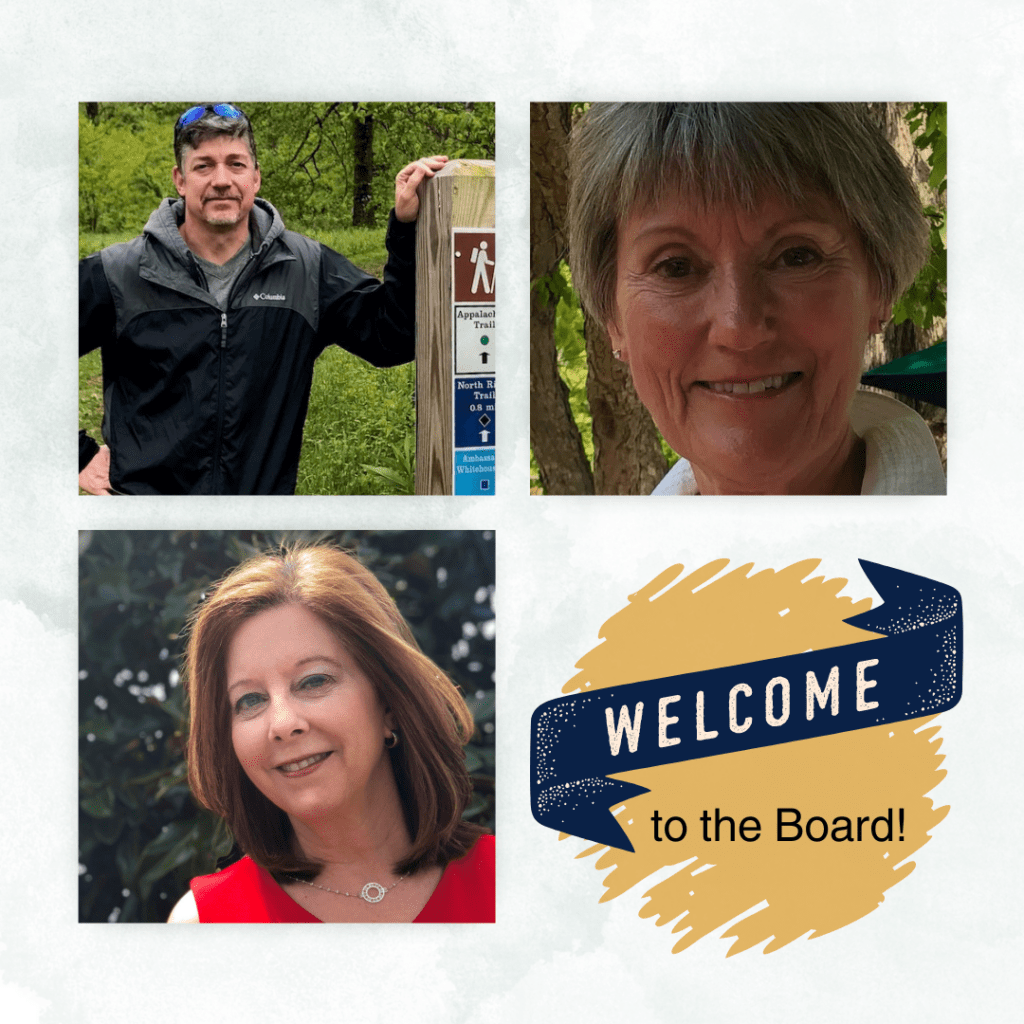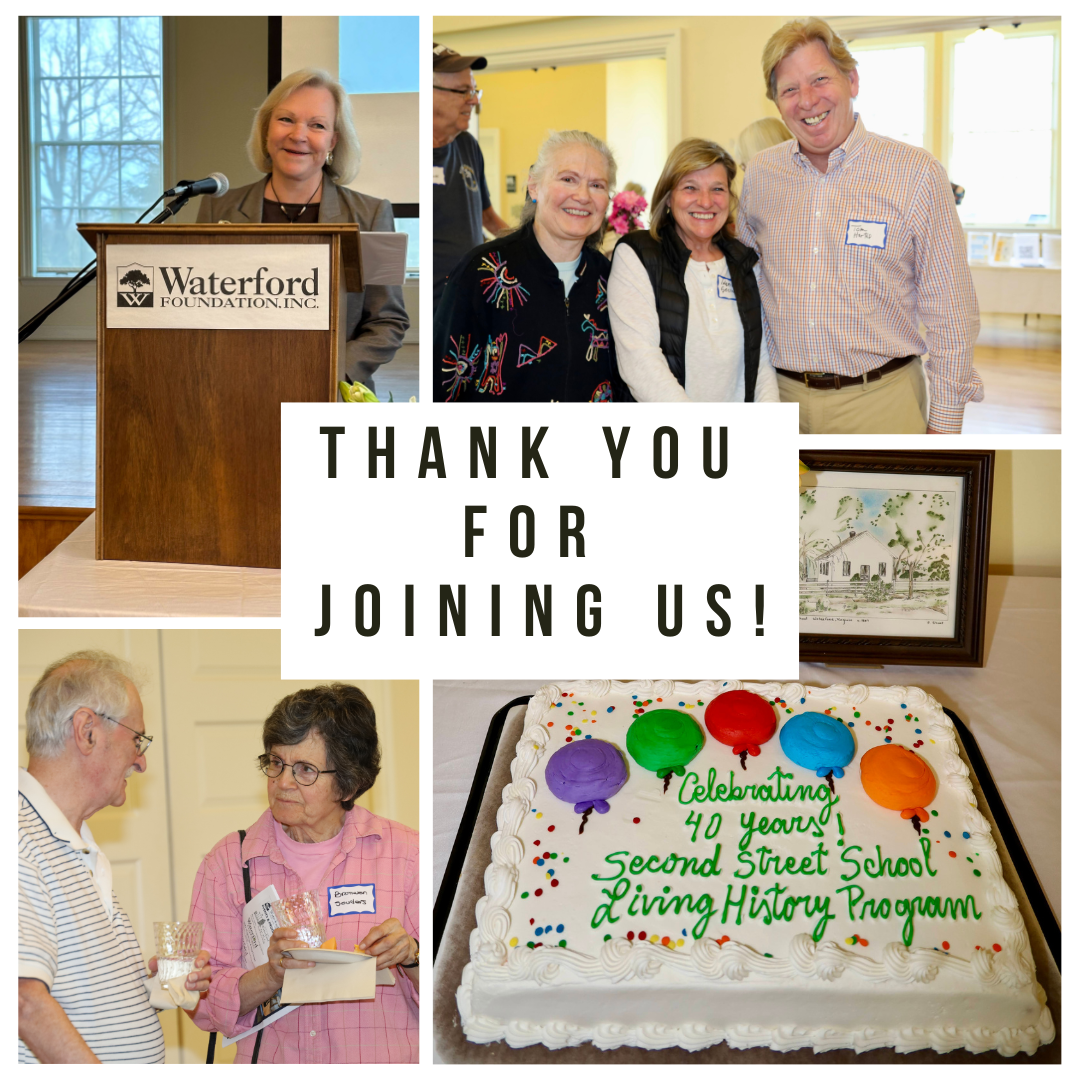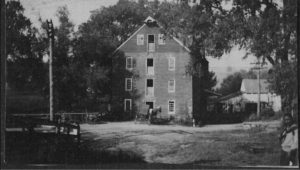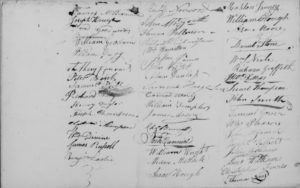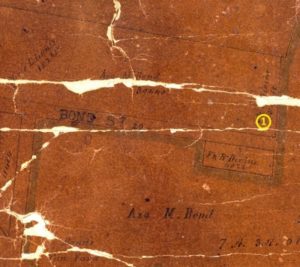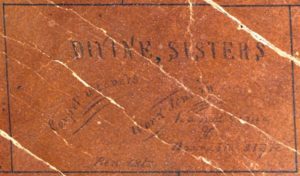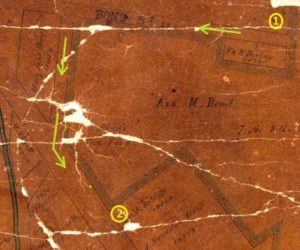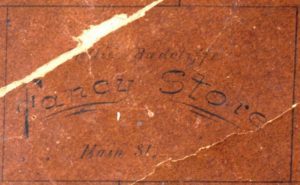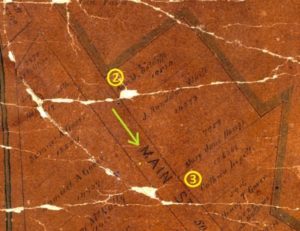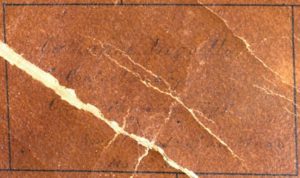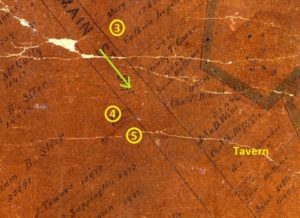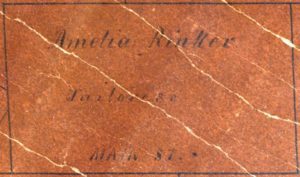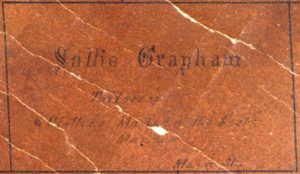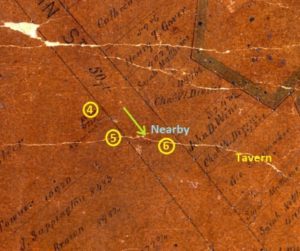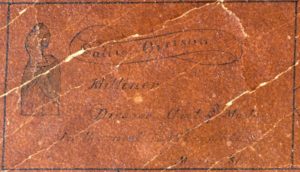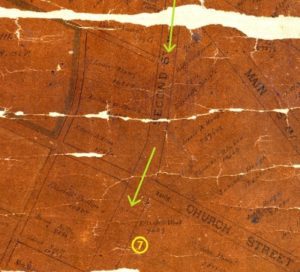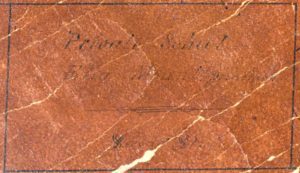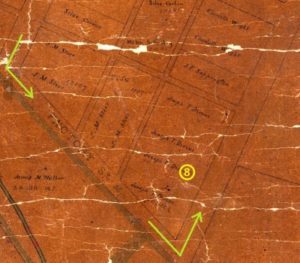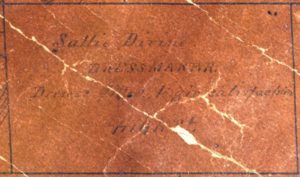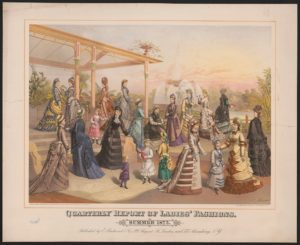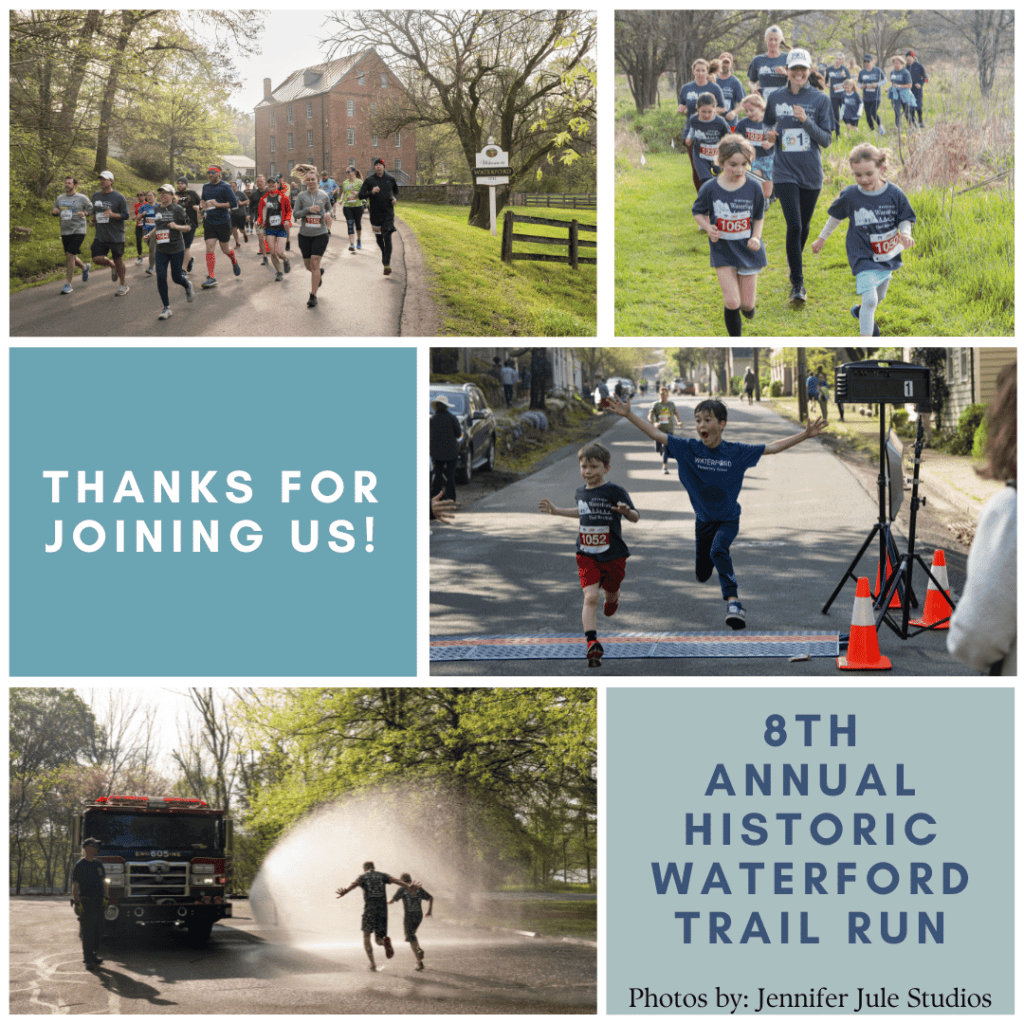
On April 20th 382 runners and walkers descended on Main street to take part in the 8th annual Historic Waterford Trail Run. Our 5K & 10K courses weave through the village and its’ open spaces as well as the surrounding farms and neighborhoods giving participants the ultimate tour of Waterford and its’ historic and natural beauty.
We are so thankful for all of the volunteers that made this event possible. The Trail Run committee works year-round to put together this amazing fundraising event for the Foundation. Thank you to Heidi Bickart, our Trail Run Chair and her amazing team of more than 50 volunteers!
Thank you to the 26 amazing sponsors that contributed to this fundraising event. Thank you to our 2024 sponsors for their support of the preservation and education work of the Waterford Foundation! Find the complete list of sponsors here: https://www.waterfordfoundation.org/event/8th-annual-historic-waterford-trail-run/
Mark your calendars for next year’s Trail Run – taking place on May 10th, 2025!
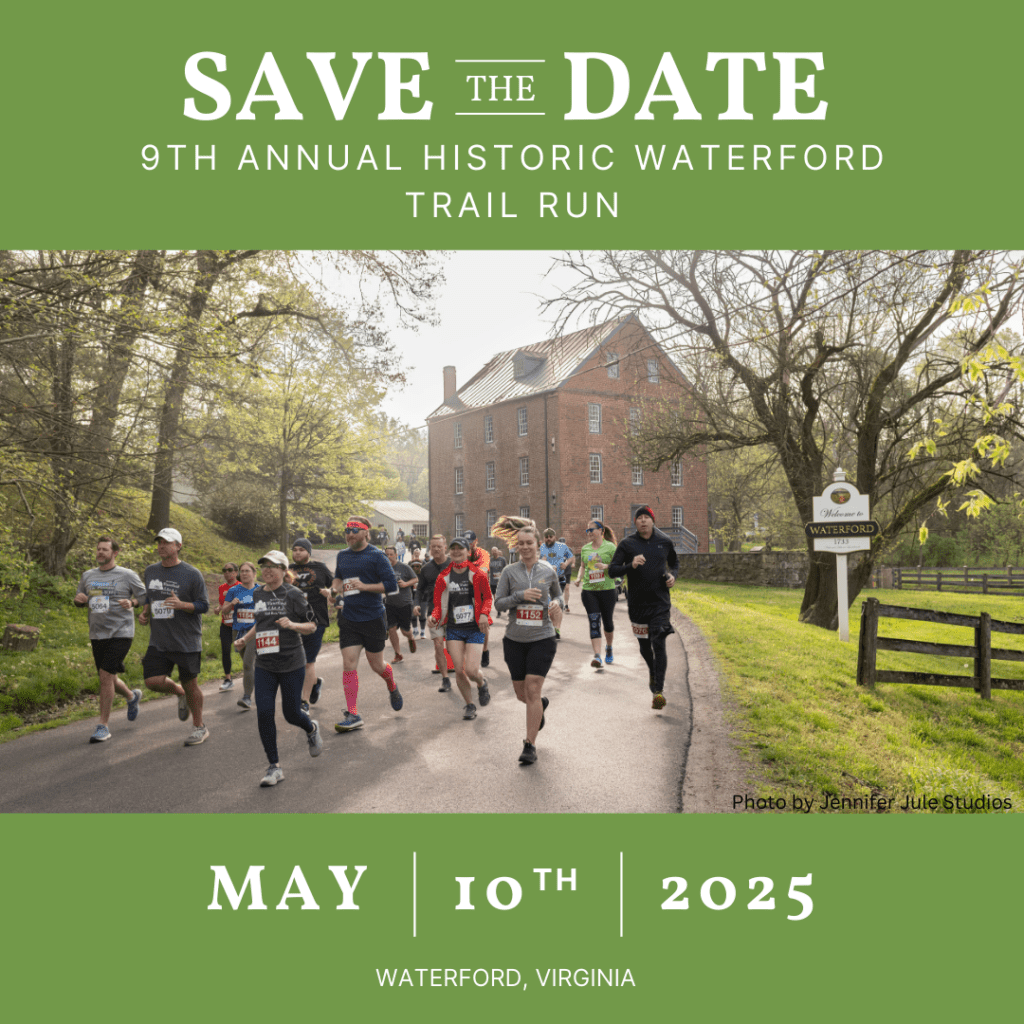
Photo by Jennifer Jule Studios

